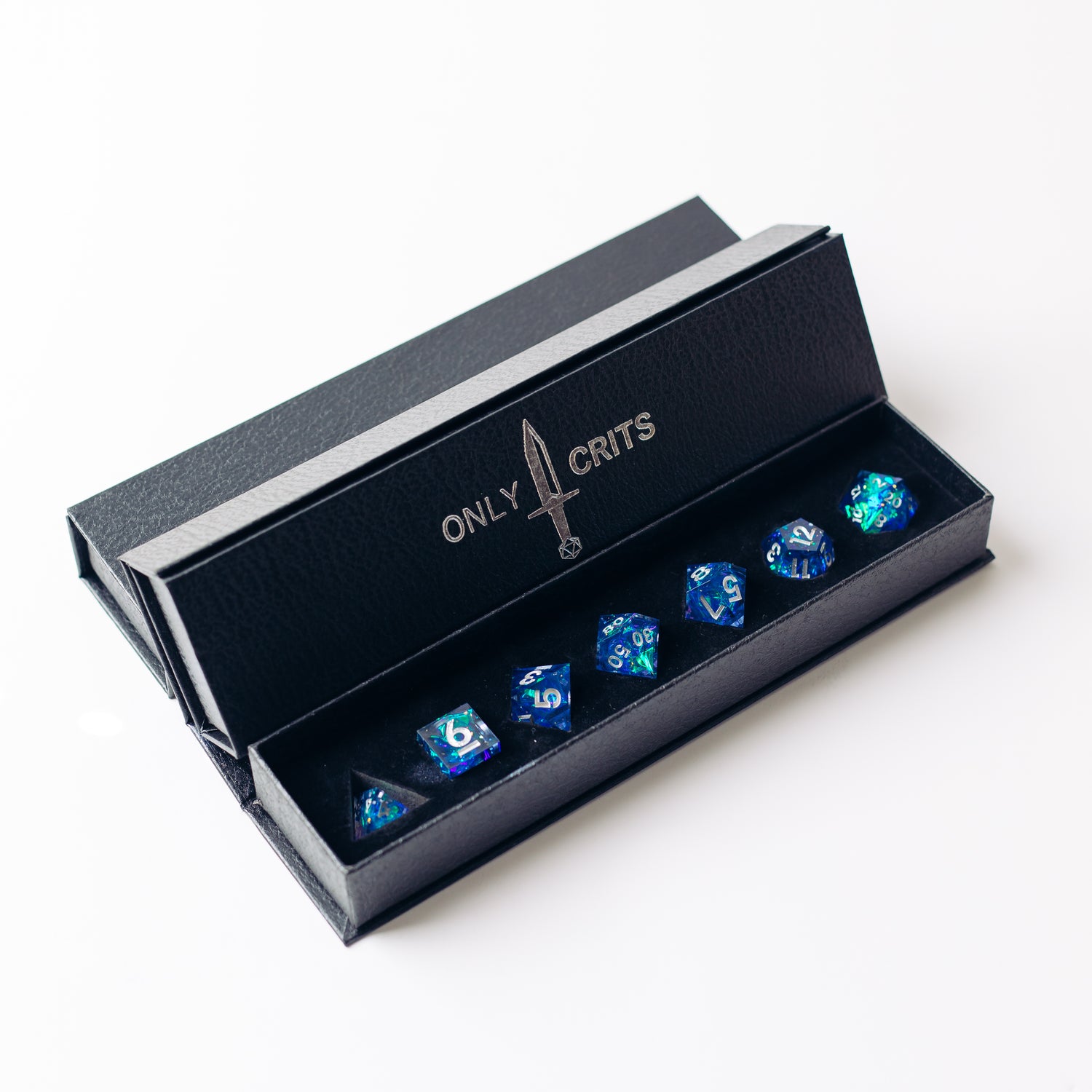There's a lot to come up with when beginning a D&D session, let alone an entire adventure. Characters for your players to interact with, plot hooks and their various potential outcomes, enemies to fight, items to find, a story to tell. But every story has a backdrop, and while setting in D&D often falls by the wayside because of its deep roots in the works of Tolkien and other legendary high fantasy authors, that's no excuse for neglecting to try out some of the rich and engaging worlds that have been created across the genre. Let's take a look.
1. The Old West
Now some people might claim that the old west was a real place, and it's true that in many ways it did exist. There was a gold rush and outlaws and pioneers pushing west, but what we think of when pondering the period tends to be drawn more directly from works of fiction. The man with no name made famous by Sergio Leone and Clint Eastwood in the Dollars Trilogy wandering through small, stark, dusty towns to bring honor and right wrongs. Roland the Gunslinger and his tragic Ka-Tet trying to reach the dark tower. Shy South desperately pursuing her siblings' kidnappers across Red Country. And of course, the Red Dead Redemption games. These works take place on similar backdrops, all drawn from the real world old west, and the setting sharply highlights the themes of each work. Old West settings show how characters have grown out of place in their own worlds as society is building itself into something new. It emphasizes the brutality of the natural order, when you're isolated from civilization how quickly things can go wrong. It's a place where finding doors between worlds or mythological creatures isn't all that surprising because who knows what the great beyond holds. It's a setting that lets characters thrive, since the west itself is a symbol for reinvention and new beginnings for anyone willing to scrape it out of the dust and muck. The idealized old west is also adjacent to the medieval nature of most high fantasy, where towns are run by sheriffs instead of lords, where most people pan for gold rather than farm fields, and where bandits and death roam freely. All you need is a dry desert landscape and big hats and the old west will slot right into your next D&D campaign.
2. Rapture
Perhaps the most famous setting in video game history, everyone that's played Bioshock remembers the descent into Rapture for the first time. It's a setting that lends itself to the horror genre, and drawing inspiration from it would subsequently work perfectly if you're running a horror campaign. The idea of corruption that comes from a world intended to be a utopia, whose own internal problems caused its downfall works marvelously in D&D, where magic users attempt to craft spells and enchant items to make life easier only for them to go horribly wrong, or be used by evil people. Additionally, the setting of Rapture itself is a threat, the constant knowledge that you are deep, deep beneath the ocean and that if the engineering was flawed or the materials degrade you will be crushed in an instant with no hope of survival is a dramatic background upon which to play out your adventure. This style of setting is also used in space movies, where the airless void is always lurking just outside, ever-present and unavoidable. It's perfect for adventures where you want your player characters to feel caught between a rock and a hard place, forced to push onwards or resign themselves to the whims of the world itself.
3. Hell
On a lighter note, Hell is a fantastic place to run a campaign. This is a more popular, easier transition of a choice than other options, especially with official adventures available that take place in the Nine Hells like Descent into Avernus. But while many hellscapes focus on the conflict and the horror of the place (which is understandable), there are representations that instead draw attention to more subtle things. A fantastic version of hell, well technically it's the Underworld not Hell but potato potato, is the game Hades. The setting is more about the structure than the horror itself, lending itself beautifully to a dungeon crawl, if that's the kind of campaign you're looking for. It also sets up a hierarchy, one that could mesh nicely with the common Nine Hells DMs tend to go for in their home games, where everyone has what equates to a corporate job and creates a wealth of roleplay opportunities. Hell as a setting also has a variety of straightforward motivations baked right into the setting. Your players might want to escape, they might want to overthrow whatever devil or demon is in charge, they might be trying to rescue someone who has died, or they might be attempting to delve even deeper. It's a vivid landscape, and one naturally populated by a diverse cast of characters which add color and flavor to your sessions. And the best part is constantly asking "what are you in for?" every time you meet a new NPC.
4. The Year 40,000
When you need a cup of flour you head next door, when TTRPGs need inspiration they look at each other. So let's take a brief dip over to our friends from Warhammer. Now, Warhammer and Warhammer 40K are both brutal settings, certainly more horrific than Hell, but they do an excellent job of embodying grimdark worlds, which some people love to play in. And running a D&D campaign in a grimdark world can be a decent alternative to buying $3,000 worth of minis trying to get into Warhammer. The relationship built into a grimdark world is between the characters and hope, in a setting so brutal and unforgiving why bother going on? Well, there's always hope for something better, no matter how many times you get knocked down its satisfying to be able to stand back up. Plus, if you are playing with a group well versed in rules that enjoy min/maxing, or that simply love creating new characters, then it's the perfect place to be constantly killing off your PCs because it makes sense in a place so unrelenting. The features of the settings themselves are a little less defined, but one that stands out is overpopulation and the sacrifice of lives before anything else. They are harrowing attributes but make the setting more unique, and exploring the morality of what a person living in that world would be like can be a revealing time.
5. London
The one in the UK, not the one in Canada. Or really any big city with a great deal of history. Some may argue that this is also a real place and not a fantasy setting, but that's wrong, and I would know since I live in London and god knows I don't live in the real world. Plus I love Neverwhere by Neil Gaiman, which is a fantastic example of low (aka portal) fantasy. Old, big cities like London, New York, Rome, Paris, Tokyo, Hong Kong; they're so dense with people and the past that they contain a magic all of their own. You can run campaigns in the real world where PCs have to hide the fantastic nature of the world, you can run campaigns that dip in and of the real world, or you can run campaigns where the real world is magical and most people don't notice. Cities hide mystery, mystery drives curiosity, curiosity breeds adventure, so the two go hand in hand and there's no faster way to ground a group of PCs than by putting them in a place they're already familiar with, and then twisting it in a magical way. Or just send them through a portal on the way to a soccer tournament. The point is, your setting doesn't have to be a classic Middle Earth, high fantasy world in order to be magical, unique, and incredibly engaging.
Final Words
Some people start with setting and move from there, if you are one of them I hope this has inspired a thought that's allowed you to begin creating your next adventure. Some people leave setting until last, or don't think about it at all, and if that's you I hope this has given you pause and gently nudged you to use a world that's unique and deserving of all the hard work you put into everything else. And some people are players who don't have to worry about creating the setting at all, and if that's you, go thank your DM. Maybe pick up a set of dice for them to kill your character with at the next session. Setting is the canvas of your story, and if you don't have anywhere to paint then no one will ever be able to enjoy your art.


